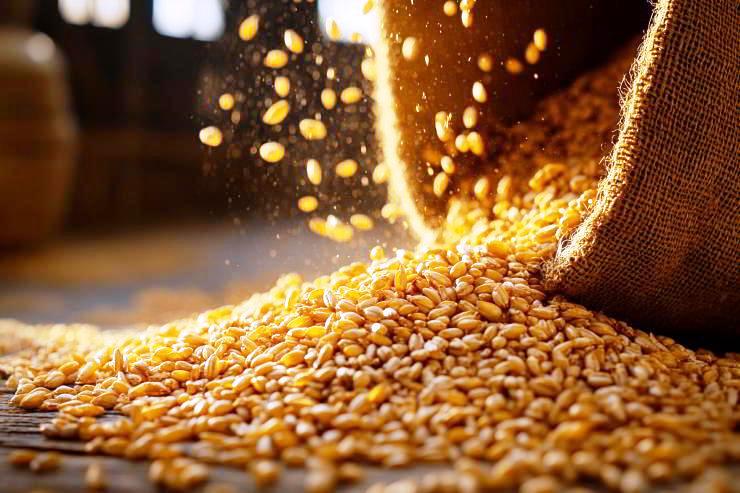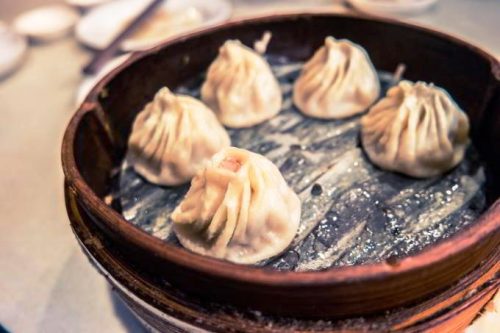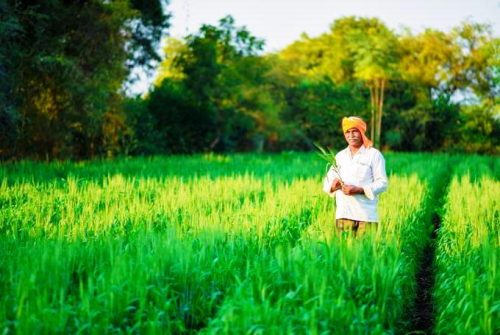Towards self-sufficiency.

The Asia-Pacific region is emerging as a key region in the wheat market especially that of flour. This is also due to the change in the diet of its consumers, who have switched from rice to wheat products, and also due to the presence of fewer carbohydrates in this cereal compared to rice.
They are now more inclined to wholemeal bread because they consider it more nutritious. However, the demand for flour is also dictated by a change in the cultural paradigm and the frenetic lifestyle of consumers in this area, which leads them to increasingly orient themselves towards ready-made foods and which has generated a growing adoption of Western foods, such as pizza, hamburgers and pasta. These foods have driven the demand for restaurants and food service operators intent on satisfying the ever-increasing food demands of the population.
In particular, according to data provided by the United States Department of Agriculture (USDA), it would emerge that in the 2021-2022 marketing year, China consumed approximately 148.5 Mt of wheat, while India consumed 104.2 Mt.

Traditional Chinese food, steamed dumplings served on the table in a wooden dish. China is one of the world’s leading wheat importers. 123rf
In particular, the People’s Republic of China is the leading producer of wheat globally with a harvest of approximately 137 Mt, again as reported by the USDA, and with a self-sufficiency rate in wheat production equal to 93%.However, despite its high internal production, in 2023 China was again among the leading importers of wheat globally with approximately 12 million tons purchased, making Beijing the country that holds a wheat stock equal to 51.7% of the world total. The reasons that push China to import such a large quantity of wheat, which corresponds to more than half of global reserves, are not yet known, however, the answers could lie both in the desire to support the development of the livestock sector and in possessing large quantities to try to determine future prices, but also by the need to maintain sufficient resources to feed its population that exceeds one billion. Indeed, as highlighted by some analysts, the considerable increase in wheat reserves follows the massive floods that are estimated to have compromised 30% of the harvest in the most affected areas, and the Covid-19 pandemic which with its very strict lockdown has severely limited access to food for millions of people also due to the serious shortcomings of Chinese logistics. On closer inspection, these hypotheses are not far-fetched if we consider that the Chinese law on food security 2024 was recently passed, through which it is intended to achieve “absolute self-sufficiency” in basic cereals, intervening precisely in inefficient agricultural techniques, supply chain bottlenecks and environmental damage caused by the agricultural sector. To this end, it is intended to incentivise investments in high-tech equipment, make production more efficient and introduce severe food waste control measures.

Indian farmer holding crop plant in his wheat field. India is the world’s third largest producer of wheat. 123rf
The objective intended to be achieved through this law is, without a doubt, self-sufficiency in the cereal sector to reduce the country’s susceptibility to global market volatility and geopolitical concerns that could interrupt food supplies. It is clear that China, pursuing self-sufficiency, could reduce the quantity of imported cereals, with potential repercussions on the main cereal exporting countries such as the United States, Brazil and Australia. The drop in demand could, as a result, lead to a reduction in global grain prices, damaging the income of these exporting countries. In the Indo-Pacific region, India, with approximately 110 Mt, is also in third place for global wheat production. However, the country has a stock problem caused by the drop in production in previous years. The lower wheat production in these periods forced the Government to make a record sale of approximately 10 Mt of wheat from its reserves to wholesale buyers, such as millers and biscuit manufacturers. This criticality also led to the blocking, in 2022, of wheat exports to rebuild depleted reserves, at a time when the world was looking to the Indian market to make up for the blockade of Ukrainian exports. This decision strongly influenced the increase in wheat prices recorded in that period, as well as fuelling the problem of food security.
Although the country’s harvests are again flourishing with the 2024 season recording a record production of over 114 Mt, India has not yet rebuilt its reserves and is continuing with this strategy by asking global and domestic trading companies to avoid buying new season wheat from local farmers. (Open Photo: Wheat grains. 123rf)
Filippo Romeo



